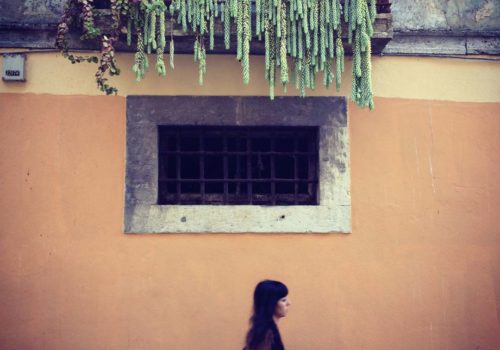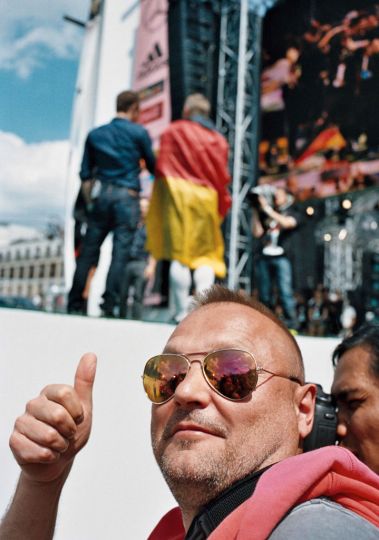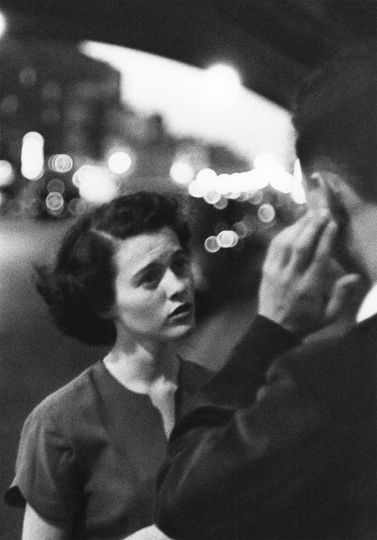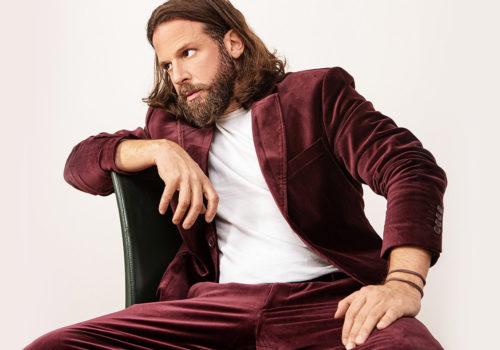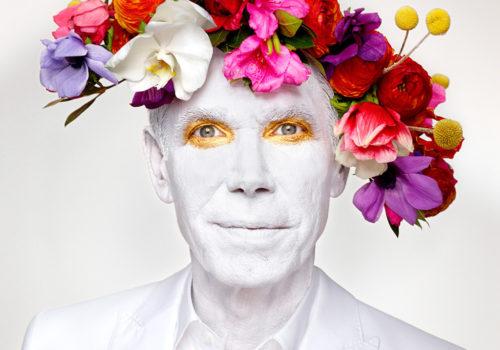Despite the rise in photography’s egalitarianism and accessibility, there will always be those few who stand out like the photographers interviewed in Musée Magazine No. 3.
Musée presents a new, stellar issue ‘Breaking Tradition’, showcasing trends in non-traditional methods of photography including smart phone photography, chemigrams, camera-less photography, and more. Notable artists for the issue include Cindy Sherman, Joel Grey, Rob Pruitt, Vik Muniz, Hank Willis Thomas, Matthew Brandt, and the inventor of the chemigram, Pierre Cordier. Breaking Tradition is honored to be debuting new work from Vik Muniz and Hank Willis Thomas who have used their iPhones to create new images specifically for Musée No. 3. Fifty emerging photographers also embraced the Breaking Tradition theme and created truly amazing imagery, with an unconventional scope.
Musée also interviews renowned New York based collector Beth Rudin DeWoody and the illustrious Director of the Whitney Museum Adam Weinberg.
Interviews
Artist, actor, and photographer Joel Grey, who embraced the 1.3 megapixels camera phone early on and published his book 1.3 in 2009, is looking forward to his newest book The Billboard Papers, using the iPhone 4S. Grey has always taken photographs but he credits the camera phone for broadening his photographic vision.
Rob Pruitt, the photographer behind iPruitt, from Gavin Brown’s enterprise in 2008 speaks of the theme of accessibility. Pruitt describes his work as “in dialogue with daily culture, or the culture of the day.”
L.A. based photographer Matthew Brandt explains his photographic process with images from eBay and Google maps as well as his unique silk-screening techniques with bubblegum, paint pigments, and more. Brandt gives encouraging advice to emerging photographers in addition to detailing his educational path.
Featuring
Musée is thrilled to be profiling the Director of the Whitney Museum, Adam Weinberg, formerly of the Walker Art Center in Minneapolis. Weinberg discusses his professional history of curating photographic shows. When asked what “breaking tradition” means to him, Weinberg says “Anybody can put a monkey in a computer and it will eventually make a sound. Anybody can take good pictures, but getting a picture or a series that gives a new twist to the language of what photography is, that’s the challenge.”
Renowned collector and curator Beth Rudin DeWoody shares her advice for both the emerging artist and collector. Ross Bleckner attributes her unerring eye and “artistic sensibility” for her spectacular contemporary private art collection.
Contributing writer Kyra Kordoski creates an engaging in-depth conversation between noted art historians and writers regarding one of the most significant photographic careers on the prolific Cindy Sherman. An excerpt by Susan Sontag reads, “Recently, photography has become almost as widely practiced an amusement as sex and dancing—which means that, like every mass art form, photography is not practiced by most people as an art—it is mainly a social rite, a defense against anxiety, and a tool of power.”

